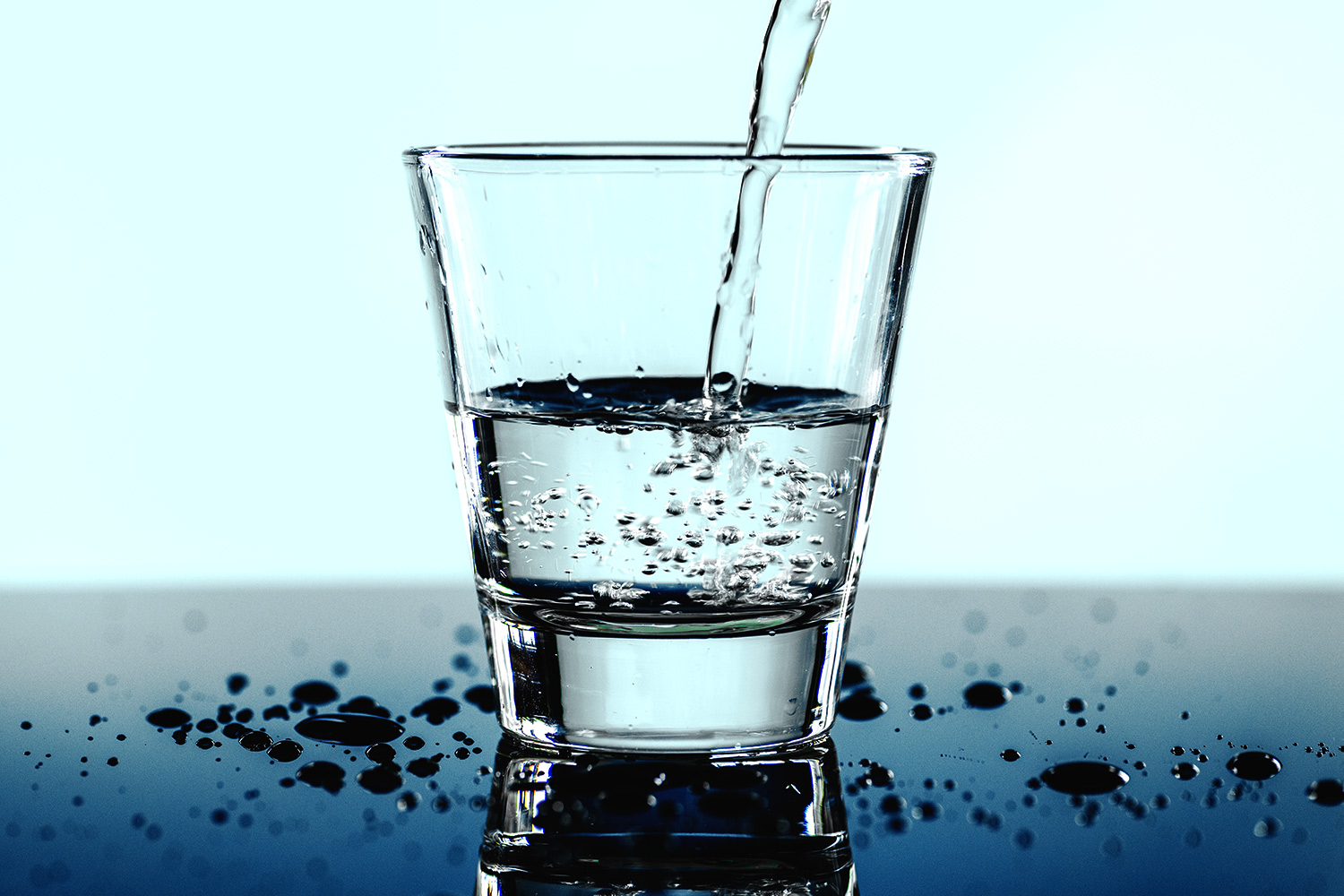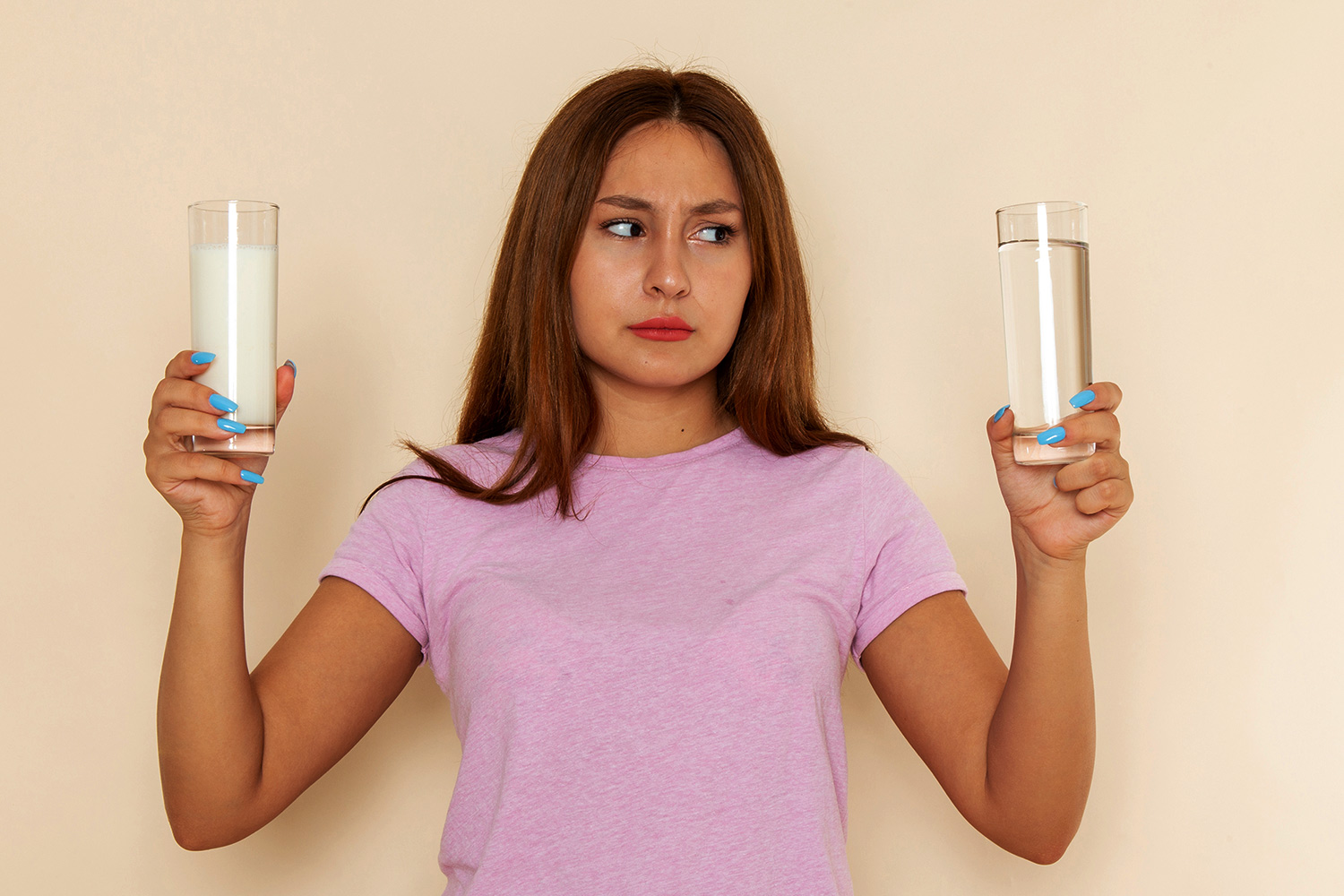Clean and safe drinking purified water is not just a matter of convenience; it’s a fundamental necessity for life. Water is pivotal in our daily well-being, supporting vital bodily functions from digestion to circulation.
It’s the liquid foundation upon which our health is built. Yet, in a world filled with environmental challenges and pollution concerns, ensuring that our water is truly safe and pure becomes more critical.
Understanding the distinction between filtered and purified water is critical to making informed choices about the water you and your family consume. This blog will delve into water filtration and purification basics, clarifying their purposes and methods.
The Basics of Water Filtration
Clean and safe drinking water is fundamental for human health and well-being. Water filtration is one of the essential processes that help ensure the removal of impurities, contaminants, and undesirable elements from our water supply. [1]

1. Purpose of Water Filtration
Water filtration serves several crucial purposes:
-
Removal of Sediments
Filtration is highly effective in removing larger particles and sediments from water. This includes sand, silt, rust, and debris that may be present in the water supply.
-
Chlorine Reduction
Many water filters use activated carbon to reduce or eliminate the taste and odor of chlorine in tap water, providing a more pleasant drinking experience.
-
Improving Water Clarity
Filtration enhances the visual clarity of water by removing turbidity, making it appear cleaner and more appealing.
-
Particulate Removal
Filters can capture particles like bacteria, algae, and significant microorganisms, although they may not permanently eliminate them.
2. Common Water Filtration Methods
Various filtration methods are used to achieve specific goals. Some standard water filtration methods include: [2]

-
Activated Carbon Filters
These filters use activated carbon, often in granules or blocks. These are used to adsorb impurities and chlorine. They are effective in improving taste and reducing odor.
-
Sediment Filters
Sediment filters are designed to trap larger particles, such as sand and debris, and are often used as pre-filters to protect more delicate filtration systems downstream.
-
Reverse Osmosis (RO) Systems
RO systems employ a semipermeable membrane to remove many contaminants, including heavy metals, fluoride, and certain microorganisms. They are highly effective but can produce wastewater during the filtration process.
-
UV (Ultraviolet) Filters
UV filters use ultraviolet light to disinfect water by inactivating microorganisms like bacteria and viruses. While they do not remove particulate matter, they are excellent at sterilizing water.
The Process of Water Purification
Water purification is a comprehensive process that goes beyond mere filtration to ensure that water is not only straightforward but also safe for consumption.

1. Coagulation and Flocculation
The water purification process typically begins with coagulation and flocculation. During coagulation, chemicals like aluminum sulfate or ferric chloride are added to the water. These chemicals form tiny, sticky particles called floc when they react with impurities. Flocculation involves gentle stirring or mixing to encourage the floc particles to collide and form larger clumps.
2. Sedimentation
After coagulation and flocculation, the water can sit in a settling basin. The floc particles settle to the bottom during this stage due to gravity. This process, known as sedimentation, separates the more significant impurities from the water, leaving more transparent water at the surface.
3. Filtration
Following sedimentation, the water passes through one or more filtration layers. These filters are often composed of sand, gravel, and anthracite coal. These help trap remaining impurities, including smaller particles, bacteria, and other microorganisms. Filtration is a crucial step for further improving water clarity and removing contaminants. [3]
4. Disinfection
To ensure that the water is safe for consumption, disinfection is employed. This step involves using chemical disinfectants or physical processes to kill or inactivate harmful microorganisms like bacteria, viruses, and parasites. Common disinfection methods include:
- Chlorination: Adding chlorine or chlorine compounds to the water to kill or inactivate microorganisms. It is one of the most widely used disinfection methods.
- UV (Ultraviolet) Disinfection: Exposing water to UV light disrupts the DNA of microorganisms, rendering them incapable of reproducing.
- Ozone Treatment: Injecting ozone gas into water to disinfect it by oxidizing and destroying microorganisms.
5. pH Adjustment
Water pH adjustment may be necessary to ensure the final water product is within an acceptable pH range for drinking. This step is crucial for preventing corrosion of distribution system pipes and maintaining water quality.
Key Differences Between Filtration and Purification
Water treatment is essential for ensuring the quality and safety of drinking water. Two common methods used for this purpose are filtration and purification.

While both processes aim to improve water quality, they have distinct differences. Here are the key differences between filtration and purification:
1. Primary Objective
- Filtration: The primary goal of filtration is to remove physical impurities and larger particles from water. This includes sediment, debris, and visible contaminants. Filtration can also reduce the concentration of certain chemicals and improve the taste and odor of water by removing chlorine.
- Purification: Water purification is designed to eliminate or significantly reduce many contaminants, including microorganisms (bacteria, viruses, and parasites), chemical pollutants (heavy metals, pesticides, organic compounds), and other harmful substances. The focus of purification is on rendering water safe for consumption.
2. Effectiveness
- Filtration: Filtration effectively removes larger particles, sediments, and some common impurities. It can provide more transparent and better-tasting water but may not make it safe to drink in microbial or chemical contamination cases.
- Purification: Purification methods are generally more effective at addressing a broader spectrum of contaminants. They can provide visually clear, microbiologically, and chemically safe water for consumption.
3. Methods Used
- Filtration: Filtration methods involve passing water through physical barriers or media such as activated carbon, sand, or membranes to trap impurities. Common filtration methods include activated carbon filters, sediment filters, and reverse osmosis systems.
- Purification: Purification uses various methods, such as distillation, UV (Ultraviolet) treatment, and chemical disinfection (e.g., chlorination), to inactivate or remove contaminants from water. Each purification method targets specific types of impurities.
4. Contaminants Addressed
- Filtration: Filtration is most effective at removing sediments, debris, larger particles, and some chemicals like chlorine and taste/odor compounds. It may have limited effectiveness against microorganisms and certain chemical pollutants.
- Purification: Purification methods address many contaminants, including bacteria, viruses, heavy metals (e.g., lead and arsenic), chemical pollutants (e.g., pesticides), and even specific taste and odor compounds.
5. Complementary Use
- Filtration: Filtration and purification methods can be combined to achieve comprehensive water treatment. In some systems, filtration may serve as a preliminary step before purification to extend the life of purification equipment.
- Purification: Purification methods are often used as standalone processes when the primary concern is microbiological safety or removing specific chemical pollutants. In such cases, filtration may not be necessary. [4]
Choosing the Right Water Treatment Method With Acqualine Water
At Acqualine Water, we understand the importance of making informed choices about your water quality. Here are some tips.
- Conduct a water quality test to identify the specific contaminants present in your water. Common issues include bacteria, heavy metals, chemical pollutants, and sediments.
- Consider comprehensive purification methods like reverse osmosis or distillation in areas with multiple contaminants or known water quality issues.
- Filters need periodic replacement, and purification systems may require maintenance. Consider ongoing costs when making your decision.
- Research different water treatment methods and their performance in addressing your specific concerns.
- Consider the environmental impact of your chosen method.
- Check if there are any local regulations or guidelines regarding water treatment. Compliance with local standards may influence your choice of method.
At Acqualine Water, we’re dedicated to helping you make informed decisions about your water treatment needs. Our team is here to provide expert guidance, high-quality products, and ongoing support to ensure you and your family access clean, safe, and refreshing water.
Conclusion
Choosing the right water treatment method is a decision that can significantly impact the hydration and well-being of your household. It’s not a one-size-fits-all endeavor; it’s about tailoring your choice to your specific water source, quality, and treatment goals.
At Acqualine Water, we understand this decision’s importance and are here to help you every step of the way. Contact Acqualine Water today and let us help you choose the perfect water treatment solution for your home.
FAQs
1. What is the difference between filtered water and purified water?
Filtered and purified water undergo processes to remove impurities, but they differ in the extent and type of contaminants removed. Filtration typically removes larger particles and common impurities such as sediments, chlorine, and odors. Purification removes many contaminants, including bacteria, viruses, heavy metals, and chemical pollutants.
2. Which is better, a water purifier or a filter?
The choice between a water purifier and a filter depends on your specific needs and the quality of your water source. Water purifiers are typically more effective at removing a more comprehensive range of contaminants. They are ideal for situations where water quality is a significant concern, such as in areas with unsafe water supplies.
Filters are suitable for improving the taste and odor of water, removing sediments, and reducing chlorine levels.
3. How is water filtered and purified?
Filtration involves passing water through a physical barrier or medium to trap and remove impurities. Common filtration methods include activated carbon filters, sediment filters, and reverse osmosis systems.
Water purification employs various methods to eliminate or inactivate contaminants in water. Standard purification methods include distillation, UV (Ultraviolet) purification, and chemical disinfection (e.g., chlorination).
4. Does purified water mean filtered?
Not necessarily. While purification often involves filtration as a preliminary step, the term “purified water” typically implies a higher level of treatment beyond simple filtration. Purified water undergoes processes that eliminate or significantly reduce a wide range of contaminants, making it safer and cleaner than water that has only been filtered.
References
[1]https://www.medicinenet.com/difference_between_filtered_and_purified_water/article.htm
[3]https://www.drinkmorewater.com/types-of-water


